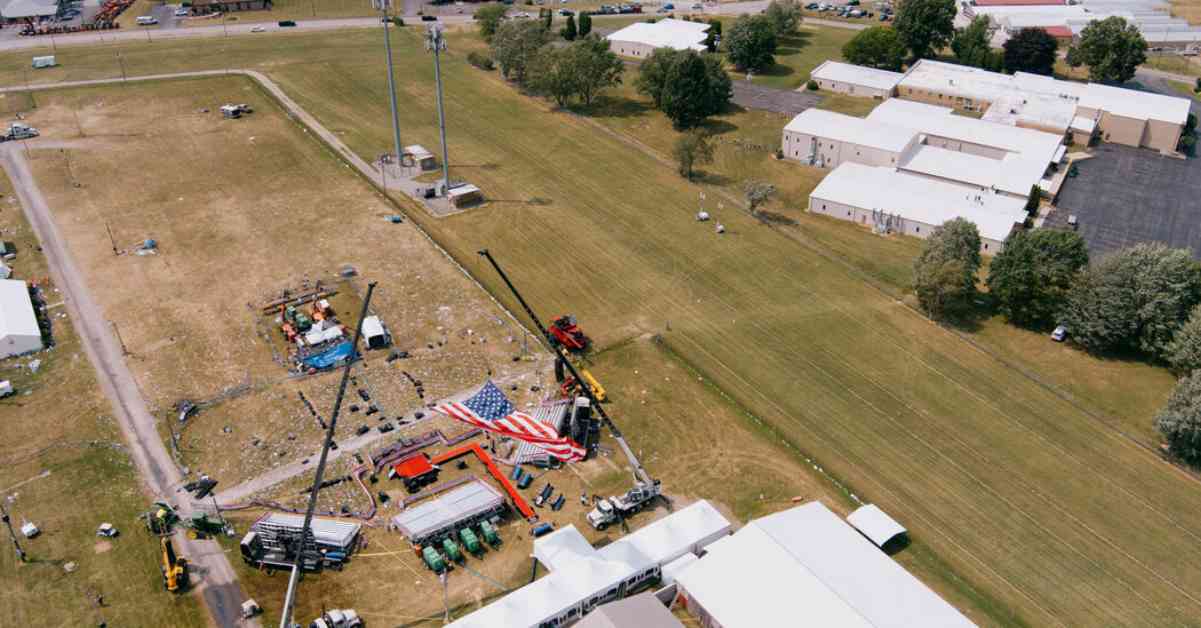Text messages obtained by The Times reveal that law enforcement officers were aware of Thomas Crooks much earlier than previously thought. The officers were aware of his presence, and he was aware of theirs as well. The incident took place at a Trump rally site in Butler, Pa., where a local countersniper noticed Thomas Crooks nearly 100 minutes before the shooting occurred.
The countersniper, who was part of the security detail, informed his colleagues that his shift was ending and left the warehouse area where he was stationed. He spotted Crooks outside the fenced area of the rally site, sitting on a picnic table. The officer texted his colleagues about the man, warning them that he may have seen them with their rifles and knew they were present.
By 5:10 p.m., Crooks had moved closer to the warehouse where the countersnipers were stationed. One of the officers even took pictures of him. This information was included in a law enforcement after-action report and the texts were provided to The Times by Senator Charles E. Grassley’s office.
The early detection of Thomas Crooks raises questions about the security measures in place at the rally site. It also highlights the challenges faced by the Secret Service in dealing with individuals who may pose a threat to public figures. The incident serves as a reminder of the importance of vigilant and proactive security measures in ensuring the safety of political figures and the public.
In today’s world, where threats can come from unexpected sources, law enforcement agencies must stay ahead of the game and be prepared to respond swiftly and effectively to potential security risks. The incident at the Trump rally site underscores the need for continuous training, coordination, and communication among security personnel to prevent tragic events like this from happening in the future.
As we continue to navigate a complex and ever-changing security landscape, it is crucial that law enforcement agencies adapt and evolve their strategies to address new and emerging threats. By learning from incidents like this and implementing appropriate measures, we can better protect public figures and the communities they serve.




